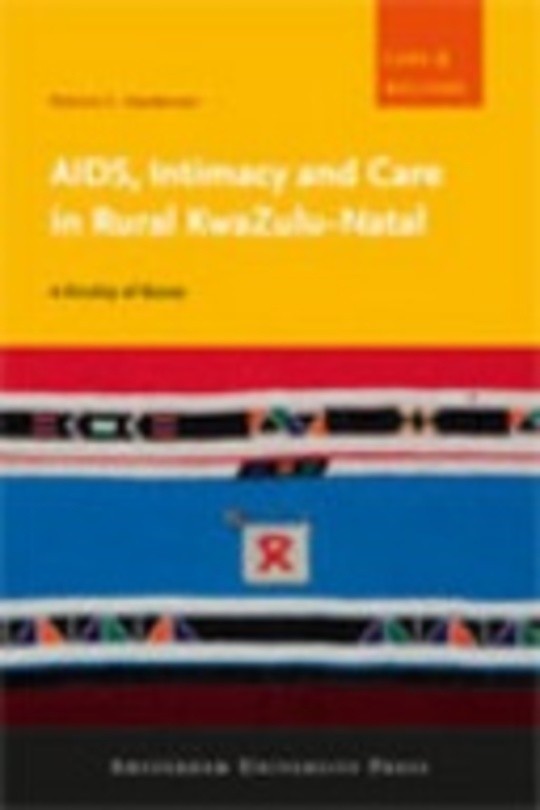
How the World Changed Social Media
Free
Description
Contents
Reviews
Language
English
ISBN
Unknown
Frontcover
How the World Changed
Social Media
Series page
UCL Press
Introduction to the series Why We Post
Acknowledgements
Contents
Summary of contents
List of figures
List of tables
List of contributors
1 What is social media?1
2 Academic studies of social media
Definitions of social media
History and culture
Defined studies of social media31
From communication studies to social studies
The contribution of anthropology
3 Our method and approach
Succeeding in failing
Is ethnography a method or an end?
What we did
Comparative and collaborative work
Ethical issues
4 Our survey results
Theme 1: social relationships
Theme 2: activities on social media
Theme 3: privacy
Theme 4: commerce
Theme 5: attitudes towards social media
Conclusion
Background to the study
5 Education and young people
Prior literature and research
From ‘formal’ to ‘informal’ learning: mitigating
for perceived failings in education
Relationships between students: intimacy,
drama and bullying
Teacher–student relationships: between
surveillance and engagement
Parent–school relationships: mediating study
Conclusion
6 Work and Commerce
The relation between work and non-work
Finding and getting work
The significance of the social media companies
Entrepreneurship and networking
Wider values
7 Online and offline relationships
‘Authenticity’ and ‘mediation’: the big concerns
‘Frame’ and ‘group’: approaches to understand sociality
From intimacy to anonymity: scalable sociality16
Online identity: extended and new dimensions
of daily life
Conclusion
8 Gender
Continuities: gendered self-presentations
Discontinuities
Non-heteronormative sexualities
Conclusion
9 Inequality
What is inequality?
Approaches to social media and inequality:
the positive, the negative and the grounded8
The diversity of difference
Making visible social mobility
The limits to social media’s impact on social mobility
Conclusion
10 Politics
The concern with social relations makes social media a conservative place
State surveillance and national politics
Local issues in political participation
Conclusion
11 Visual images
Self-presentation
Increasingly accessible and moral communication
Scalable sociality
Conclusion
12 Individualism
Individualism and networks
What difference does social media make?
Conformity and collectivity:
‘because everybody else does it’
Privacy and sociability
Finding a balance: using social media
to adjust relationships
13 Does social media make people happier?
Studies on social media and happiness
Capacity and aspiration
Enduring social values
Temporary pleasure
Social media and added stress
Discussion: does social media make people look happier?
14 The future
Four trends
Both – simultaneously
Imagining the future
Conclusion
Appendix – The nine ethnographies
Notes
References
Index
Backcover
The book hasn't received reviews yet.











